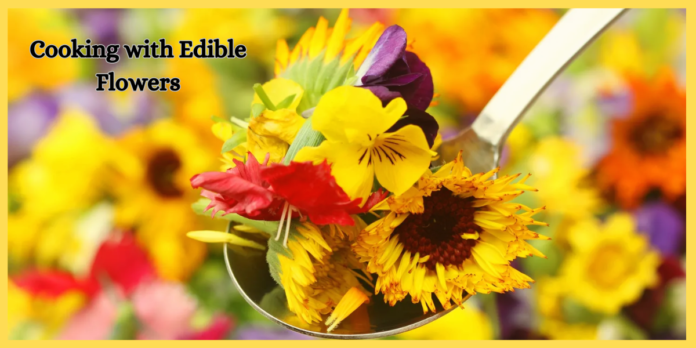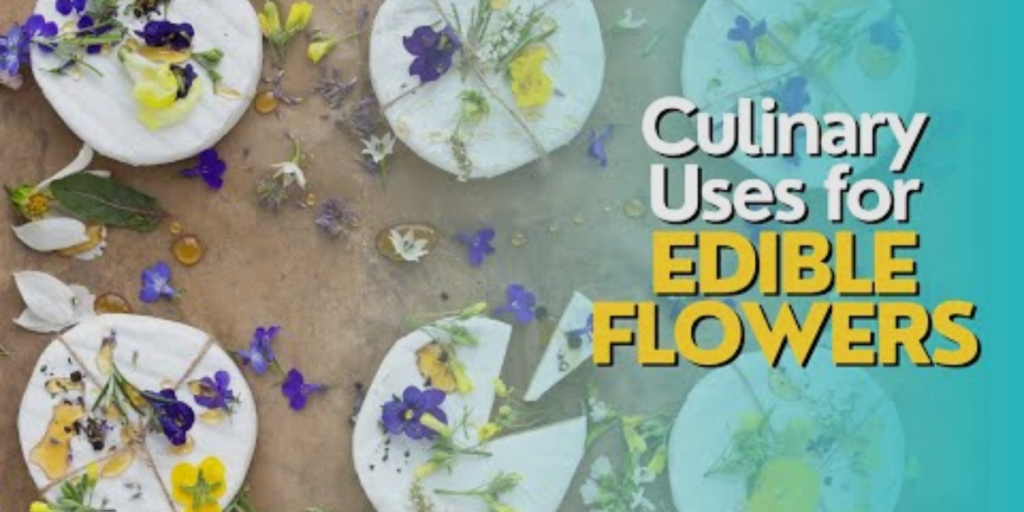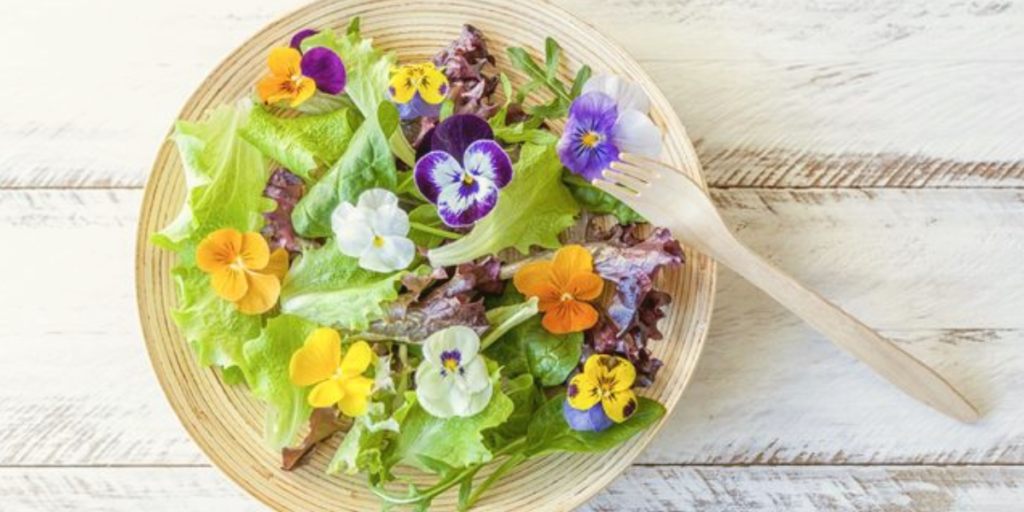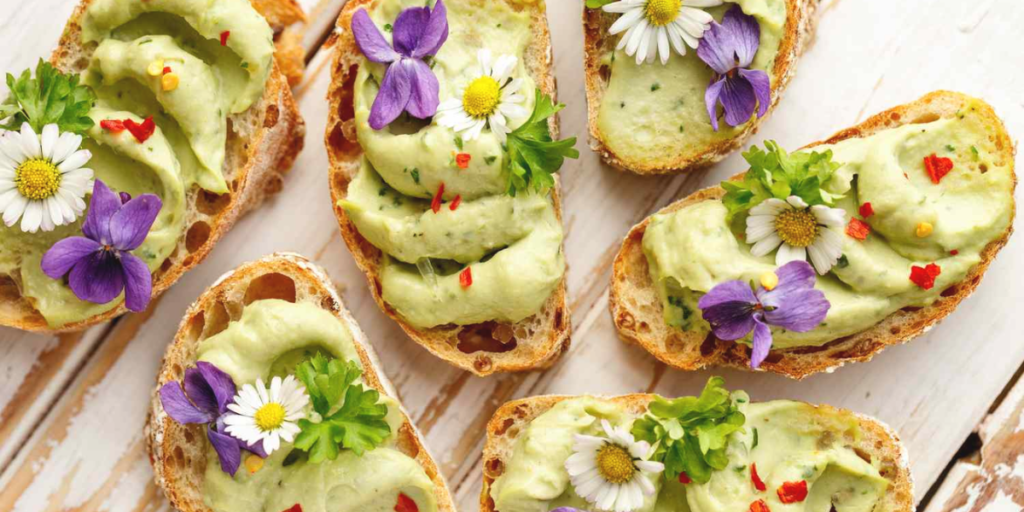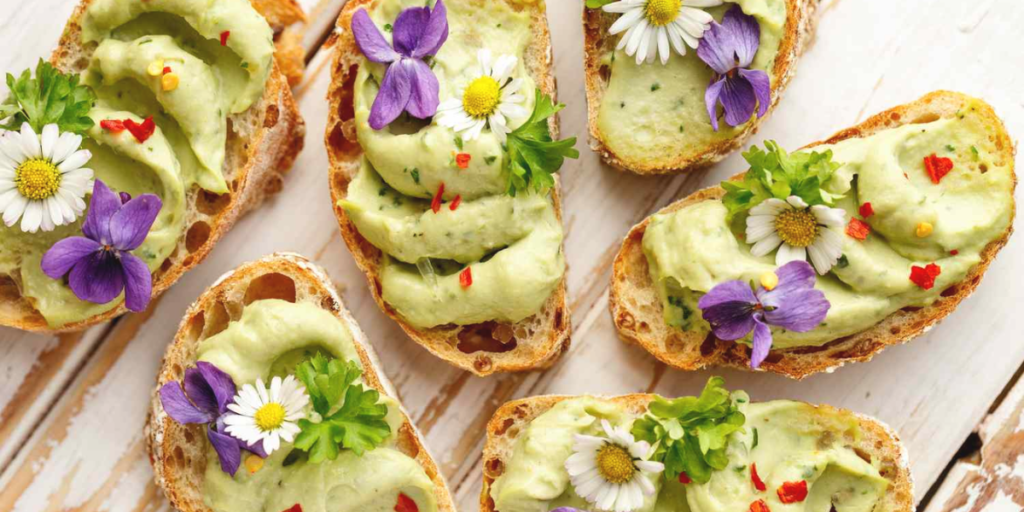In the culinary world, trends come and go, but some have a lasting impact on the way we view food. One such trend that has been blossoming recently is cooking with edible flowers. These delicate, vibrant ingredients have been used in cooking for centuries, yet their resurgence in modern cuisine speaks to a renewed appreciation for natural beauty and flavor. Edible flowers not only add aesthetic appeal to dishes but also introduce unique flavors and nutritional benefits. This article explores the rich history, diverse uses, and practical tips for incorporating edible flowers into your culinary repertoire.
A Brief History of Edible Flowers
The use of flowers in cooking dates back thousands of years. Ancient civilizations, such as the Greeks, Romans, and Chinese, integrated flowers into their diets for their medicinal properties and culinary potential. The Victorians were known for their elaborate cakes and desserts adorned with floral decorations, while in India, flowers like roses and marigolds have long been staples in traditional dishes.
Culinary Uses of Edible Flowers
Edible flowers can be used in a multitude of ways, from garnishes to integral components of a dish. Here are some popular applications:
Salads
Adding flowers to salads can transform a simple dish into a colorful and flavorful experience. Flowers like nasturtiums, violas, and pansies not only add visual appeal but also offer a range of flavors, from peppery to sweet.
Desserts
Flowers have a natural place in the world of desserts. Lavender and rose petals are commonly used in cakes, cookies, and ice creams, providing both flavor and decoration. Candied violets and pansies are a classic choice for adorning cakes and pastries.
Beverages
Floral infusions in beverages are another delightful way to incorporate edible flowers. Hibiscus, for instance, is renowned for its tart flavor and deep red hue, making it a popular choice for teas and cocktails. Elderflowers are also used to make syrups that can enhance drinks with a light, floral sweetness.
Main Courses
Flowers can be a surprising yet harmonious addition to main courses. Squash blossoms are often stuffed with cheese and herbs and then fried or baked. The delicate flavor of squash blossoms complements a variety of fillings, making them a versatile ingredient.
Condiments and Sauces
Flowers like chamomile and rose can be infused into syrups, oils, and vinegar, adding a floral note to dressings and marinades. These infusions can elevate a dish with a subtle yet distinctive flavor.
Health Benefits of Edible Flowers
Beyond their aesthetic and culinary value, many edible flowers offer health benefits. They are often rich in vitamins and antioxidants. For example:
- Nasturtiums: High in vitamin C and have antibacterial properties.
- Dandelions: Rich in vitamins A and C, as well as potassium.
- Calendula: Known for its anti-inflammatory properties and is used in traditional medicine.
Incorporating these flowers into your diet can provide a natural source of nutrients while enhancing the visual and sensory appeal of your meals.
Practical Tips for Cooking with Edible Flowers
While cooking with flowers can be exciting, it’s important to follow some guidelines to ensure safety and success:
Identification and Sourcing
Always ensure that the flowers you use are indeed edible and correctly identified. Some flowers can be toxic, so proper identification is crucial. Sourcing flowers from reputable suppliers or growing your own ensures they are free from pesticides and other harmful chemicals.
Preparation
Thoroughly wash flowers before use to remove any dirt or insects. Remove the stamens and pistils from larger flowers, as they can be bitter. For smaller flowers, such as violets and pansies, the entire bloom can be used.
Flavor Pairing
Understand the flavor profile of each flower to pair it effectively with other ingredients. For instance, the peppery taste of nasturtiums works well in savory dishes, while the sweet, delicate flavor of violets is ideal for desserts.
Storage
Fresh flowers are best used soon after harvesting, but they can be stored in the refrigerator for a short period. Keep them in a damp paper towel inside an airtight container to maintain freshness.
Popular Edible Flowers and Their Uses
- Nasturtiums: Peppery flavor, great in salads and as a garnish.
- Pansies: Mild and slightly sweet, perfect for salads, desserts, and beverages.
- Lavender: Strong, sweet flavor, used in baked goods, desserts, and infusions.
- Roses: Sweet, slightly spicy flavor, used in syrups, desserts, and teas.
- Squash Blossoms: Mild, squash-like flavor, excellent for stuffing and frying.
- Hibiscus: Tart, cranberry-like flavor, ideal for teas and cocktails.
- Calendula: Slightly bitter, saffron-like flavor, used in salads and soups.
Conclusion:
Cooking with edible flowers is more than just a trend; it’s a celebration of nature’s beauty and bounty. By incorporating these colorful and flavorful blossoms into your dishes, you can elevate your culinary creations and delight your senses. Whether you are a seasoned chef or a home cook, experimenting with edible flowers opens up a world of possibilities. So, next time you prepare a meal, consider adding a touch of floral flair and enjoy the unique flavors and aesthetics that edible flowers bring to the table.

